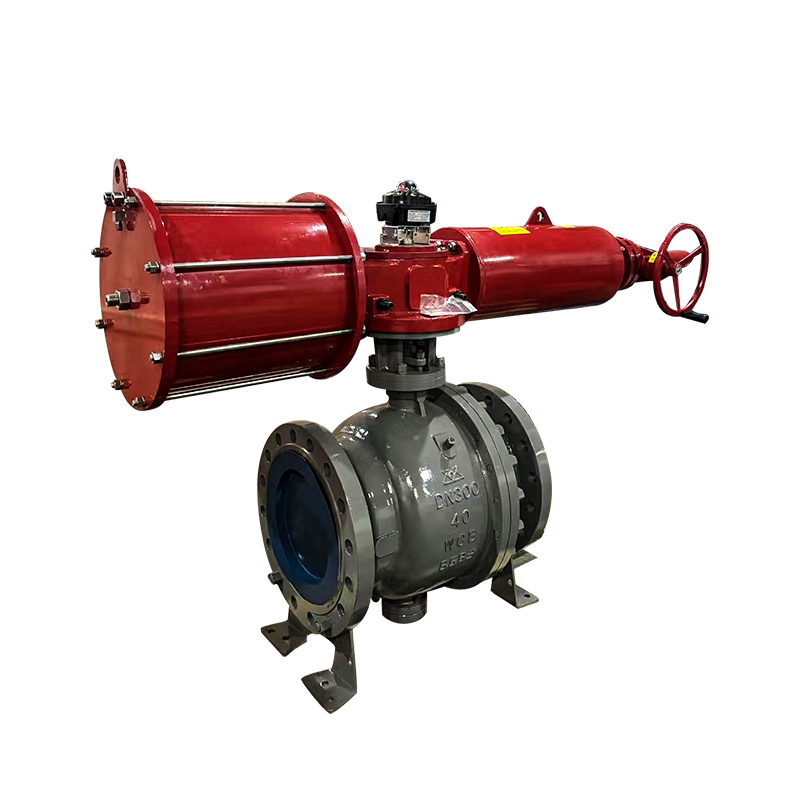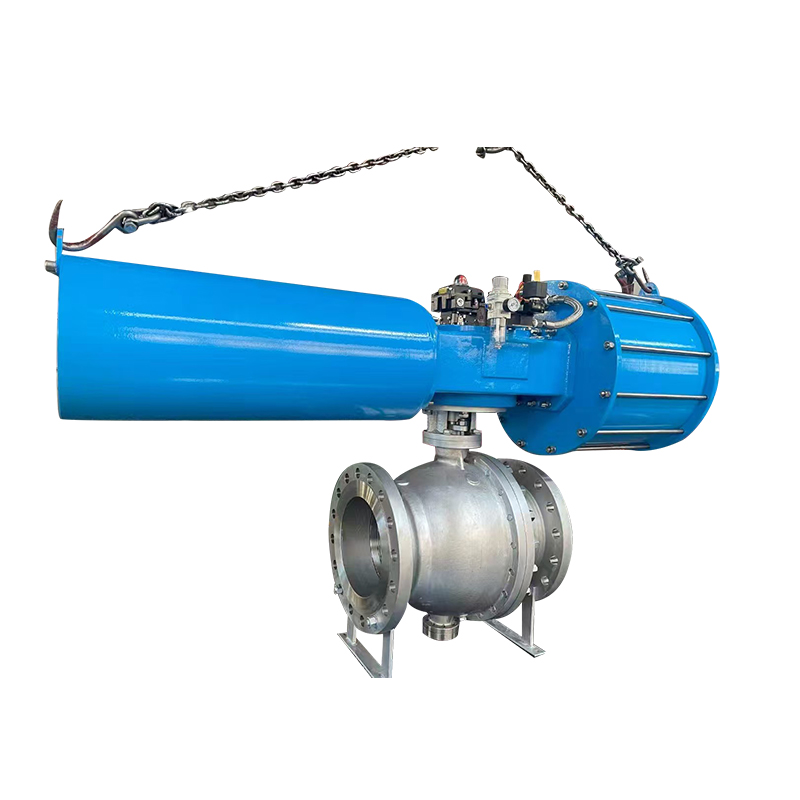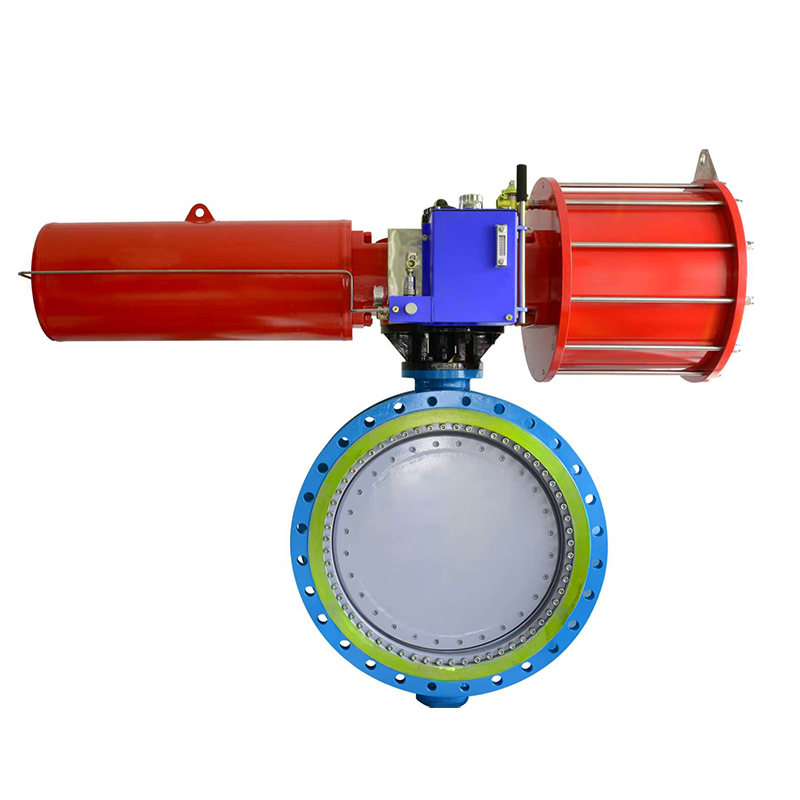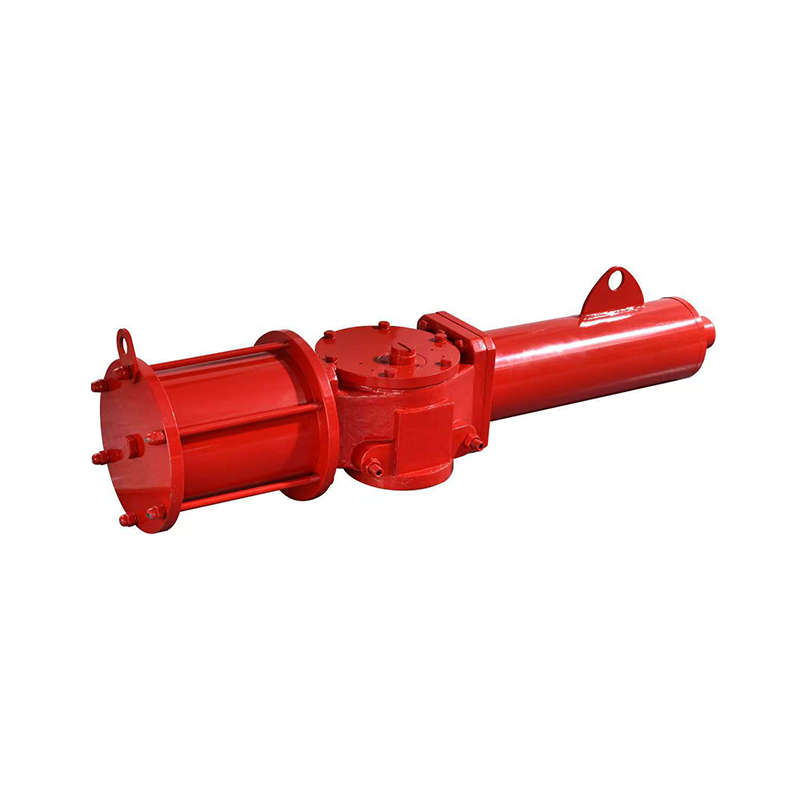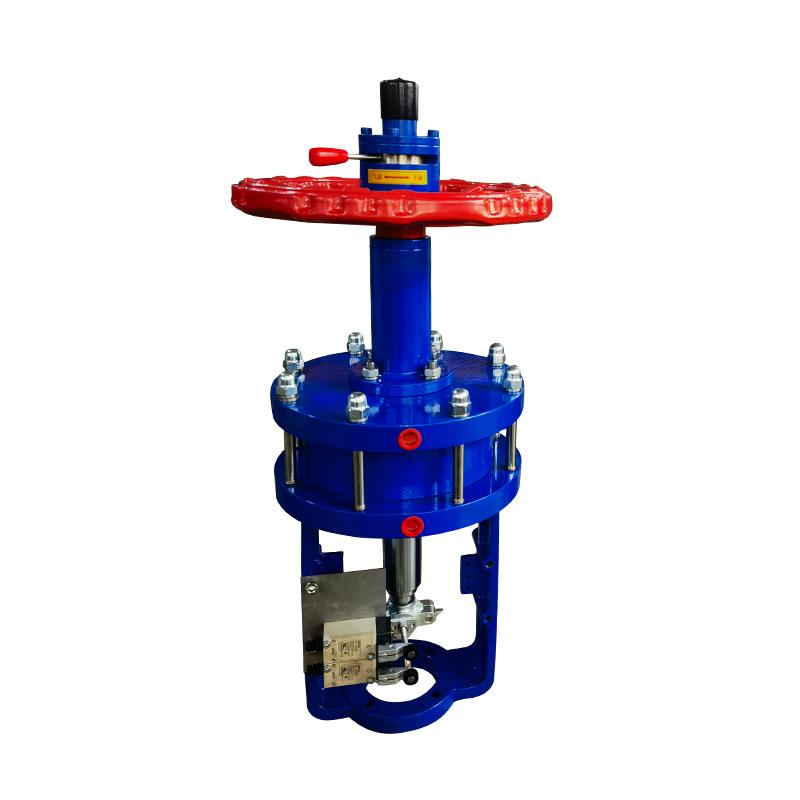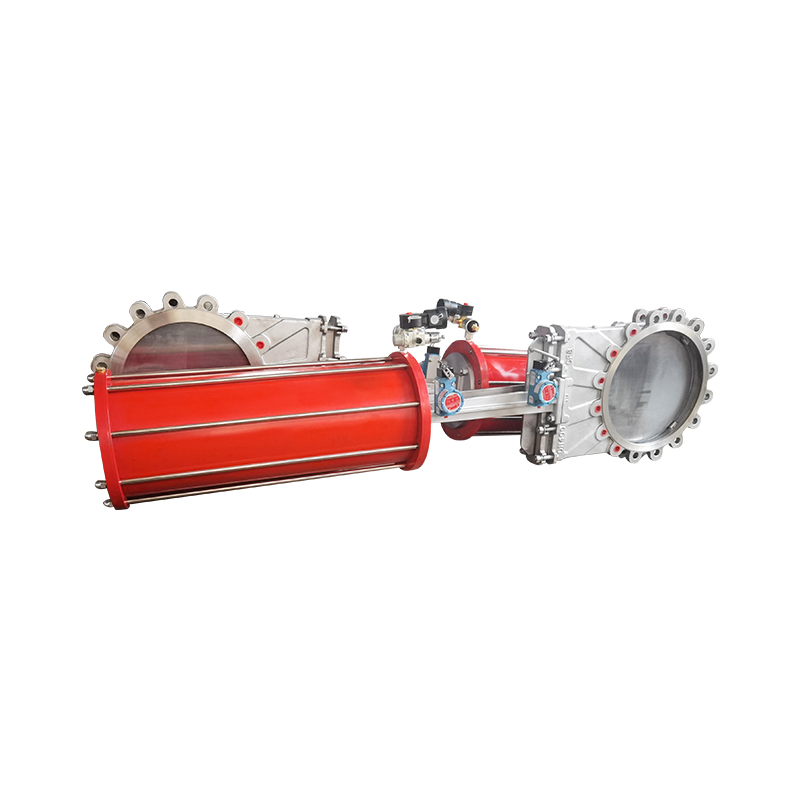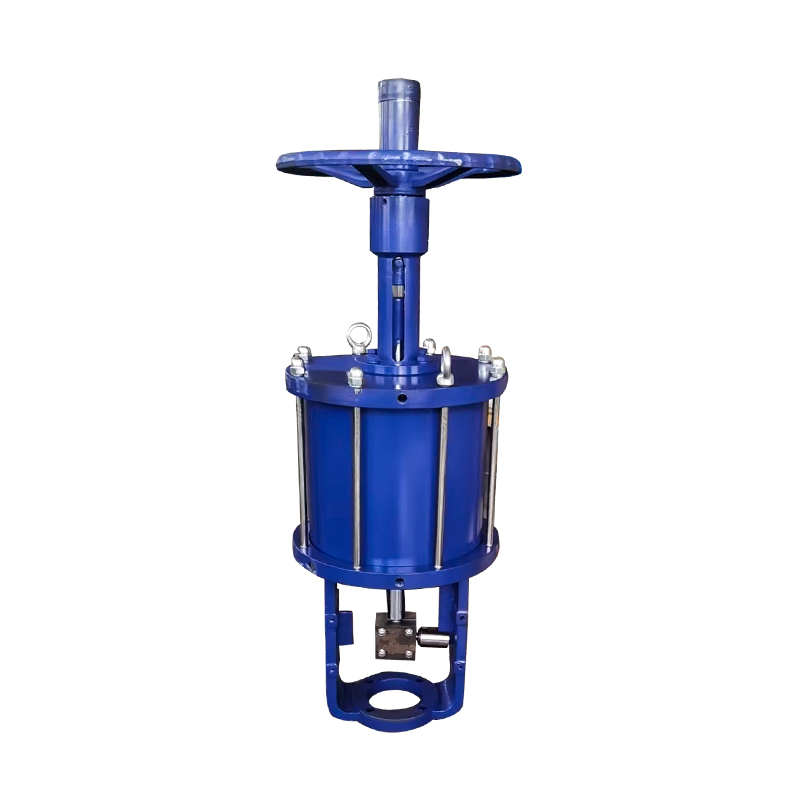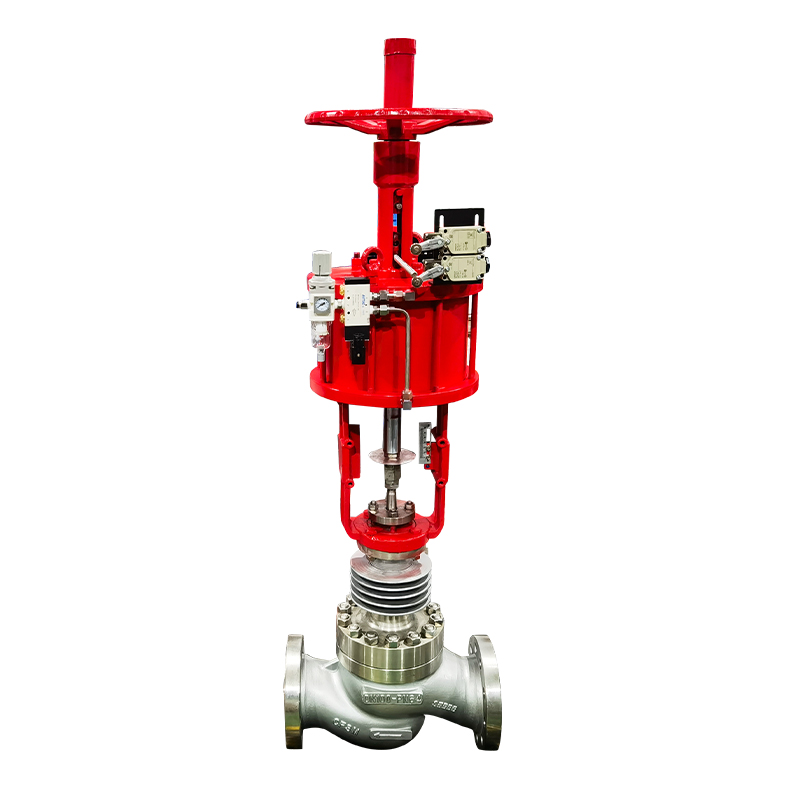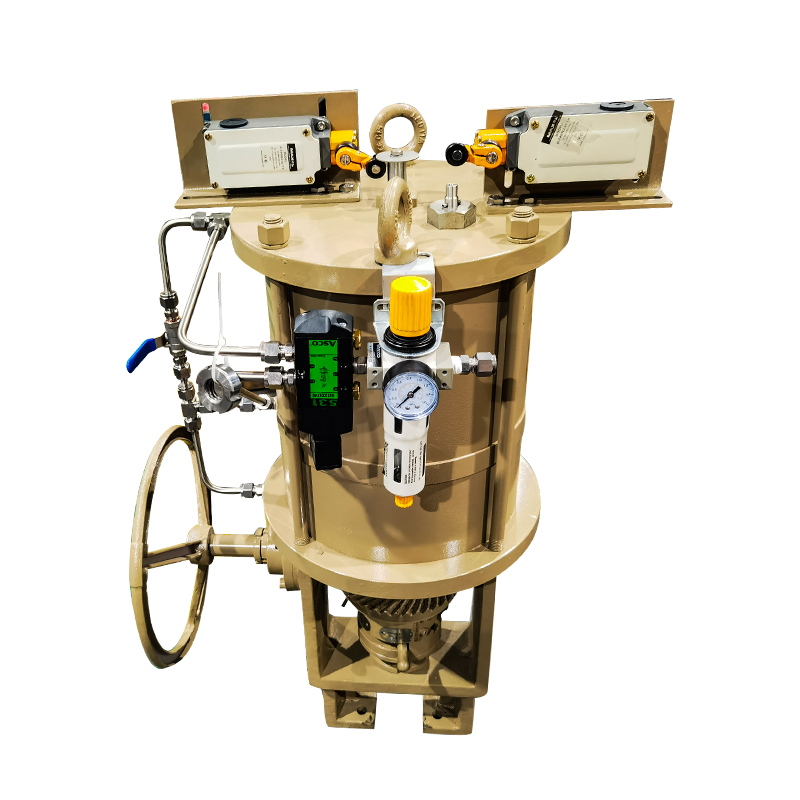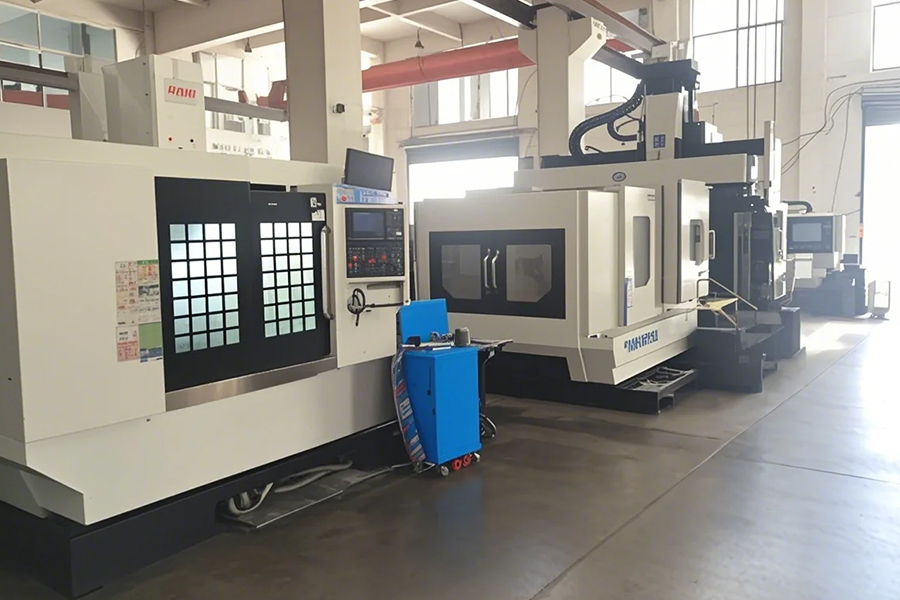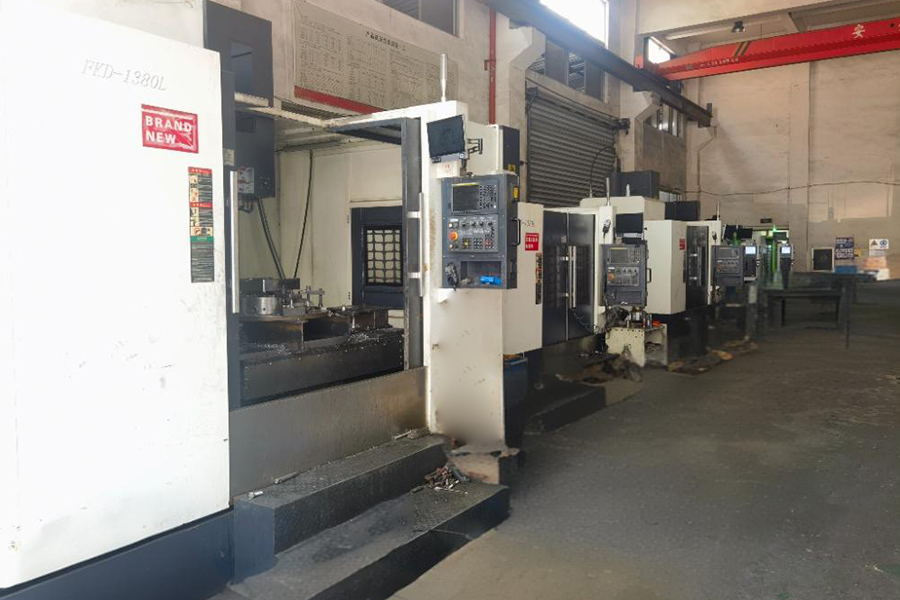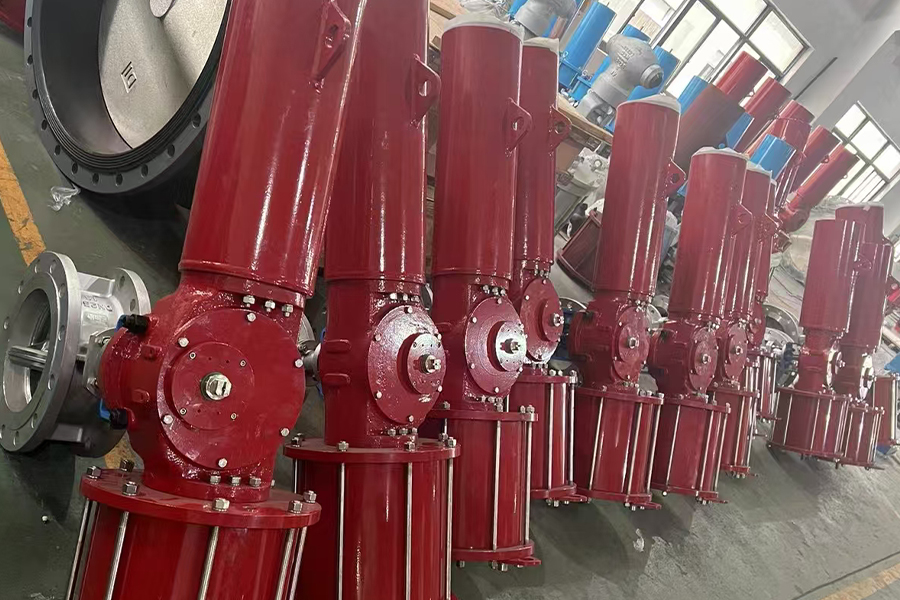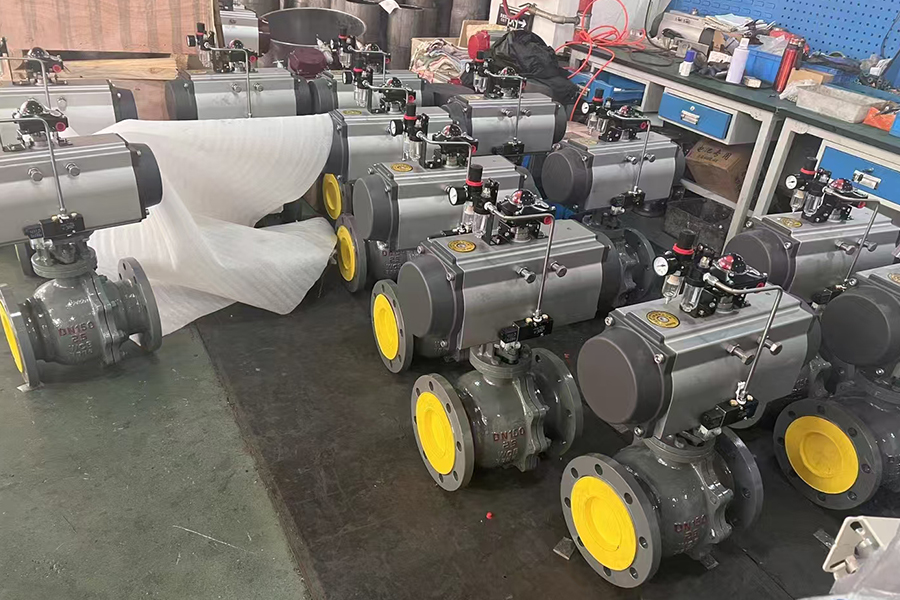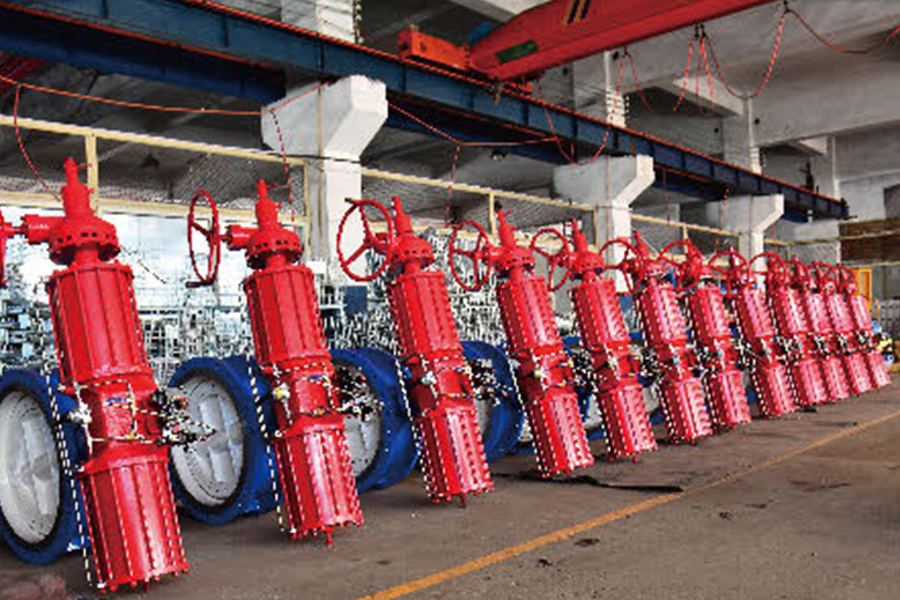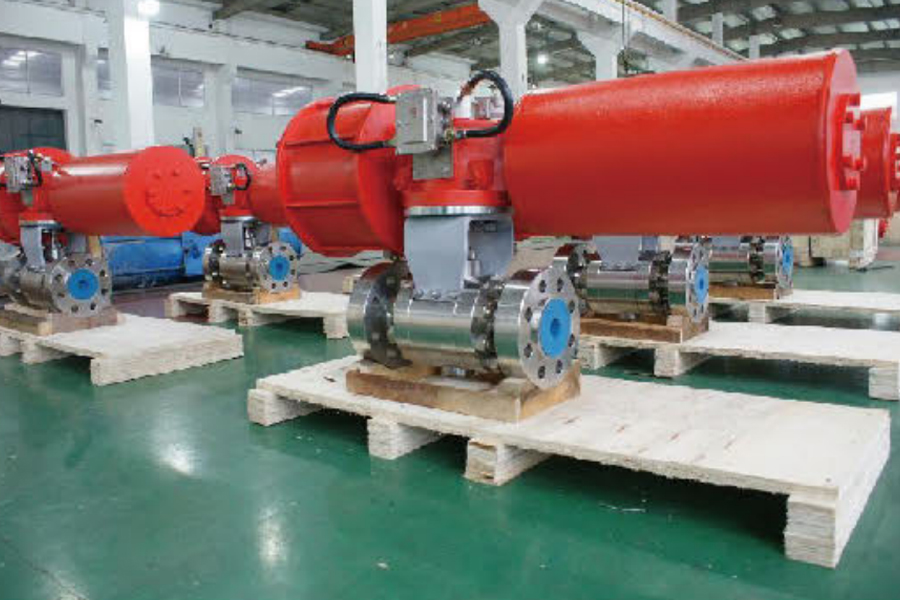Segmented ball valves are becoming increasingly popular in industries that require precise flow control and efficient material handling. These valves are known for their unique design and functionality, offering key advantages over traditional full-ball valves. The Segmented Ball Valve is a type of rotary valve where the ball has a segmental, or partially cut, shape instead of being a complete sphere. This distinct feature helps optimize performance in certain applications, particularly when dealing with slurries, viscous fluids, or challenging flow conditions.
1. Design and Operation:
The Segmented Ball Valve features a ball that is only partially cut, creating a segmented, or “V” shape. This partial cut allows for improved flow control, particularly in applications requiring throttling. The valve operates by rotating the segmented ball inside the valve body, which controls the flow of the material passing through the valve. The partial cut of the ball is especially useful for regulating flow rates, as it allows the valve to open gradually while reducing turbulence and the potential for clogging.
2. Handling of Abrasive Fluids:
One of the main advantages of the Segmented Ball Valve is its ability to handle abrasive or slurry-type materials. The unique design of the segmented ball reduces the risk of erosion caused by particulate matter in the flow, as the flow path remains smooth even when the valve is partially open. This makes it ideal for industries such as mining, wastewater treatment, and chemical processing, where slurry or abrasive materials are frequently handled.
3. Tight Shutoff and Low Leakage:
Despite the partial cut of the ball, Segmented Ball Valves can still achieve a high degree of shutoff. This is due to the precision machining of the ball and seat, which ensures a reliable seal even under high pressure or challenging conditions. The segmented design minimizes the possibility of leakage, ensuring efficient and safe operation.
The demand for High-Performance Metal Seat Butterfly Valves has grown rapidly in industries that require durable, efficient, and reliable valves for controlling fluid and gas flow under high-pressure and high-temperature conditions. These valves offer several unique features that set them apart from traditional soft-seated butterfly valves, making them a popular choice for industries such as oil and gas, chemical processing, and power generation.
1. Durability in Harsh Conditions:
One of the primary reasons for the growing popularity of High-Performance Metal Seat Butterfly Valves is their ability to perform reliably in conditions. Unlike traditional butterfly valves that use elastomeric or soft materials for seating, metal seat butterfly valves use specially designed metal materials for the valve seat. This construction allows the valve to operate efficiently in environments where temperatures and pressures exceed the capabilities of soft-seated valves. The use of metal seats also means these valves can handle a wider range of aggressive chemicals and abrasive materials.
2. Leak-tight Performance:
High-Performance Metal Seat Butterfly Valves are designed to provide a tight seal even in conditions. The metal seats offer resistance to wear, corrosion, and high-pressure differentials, which ensures minimal leakage. These valves are often used in critical applications where leakage could result in safety hazards, system inefficiencies, or environmental damage. Their reliable sealing performance makes them ideal for systems that require constant and controlled flow, such as gas pipelines or refinery operations.
3. Lower Maintenance Costs:
The durability and strength of High-Performance Metal Seat Butterfly Valves translate to lower maintenance costs. While soft-seated valves may require frequent replacements of sealing materials, metal seat valves are designed for long-term service without the need for constant maintenance. This makes them a cost-effective solution for industries where valve reliability is crucial and downtime can be expensive.








